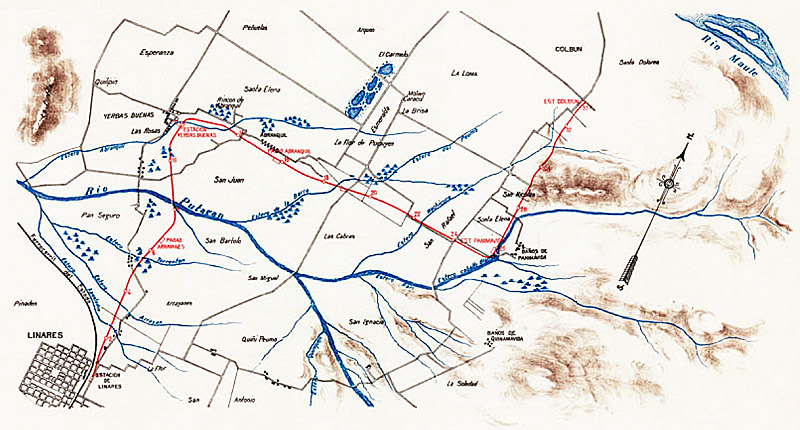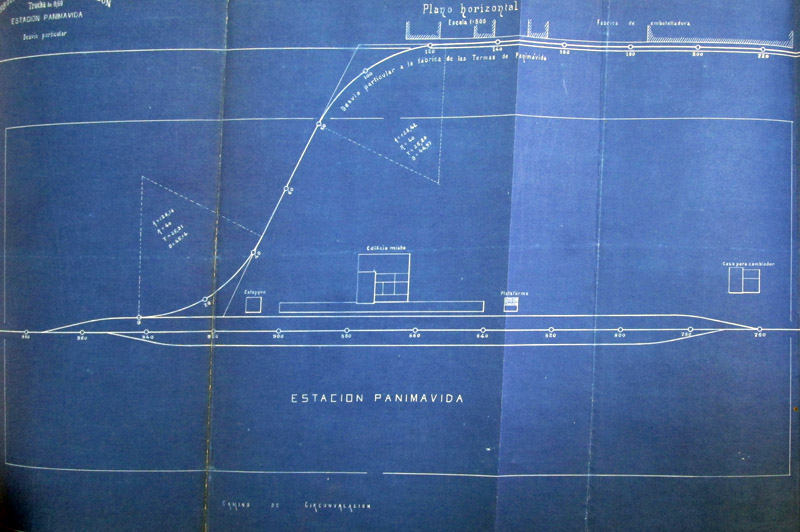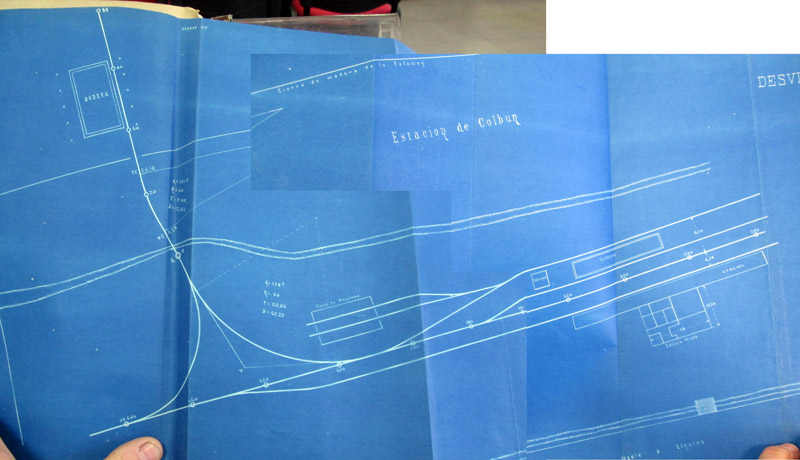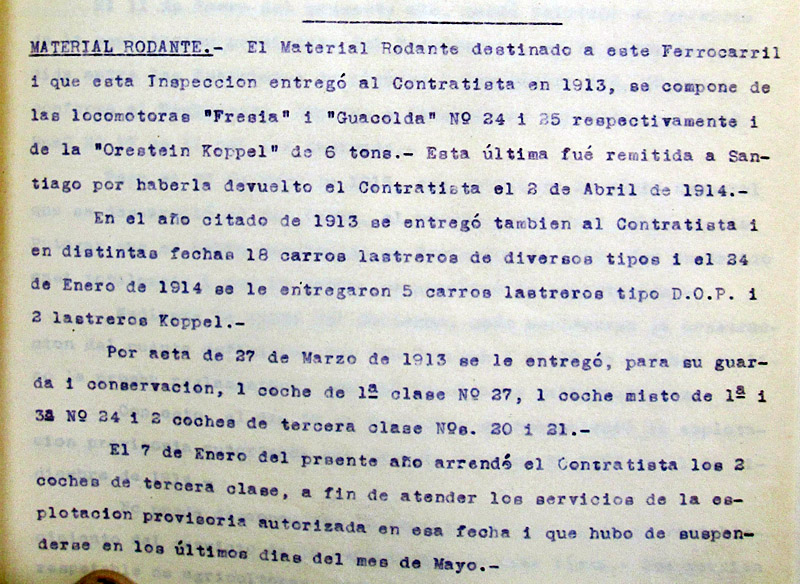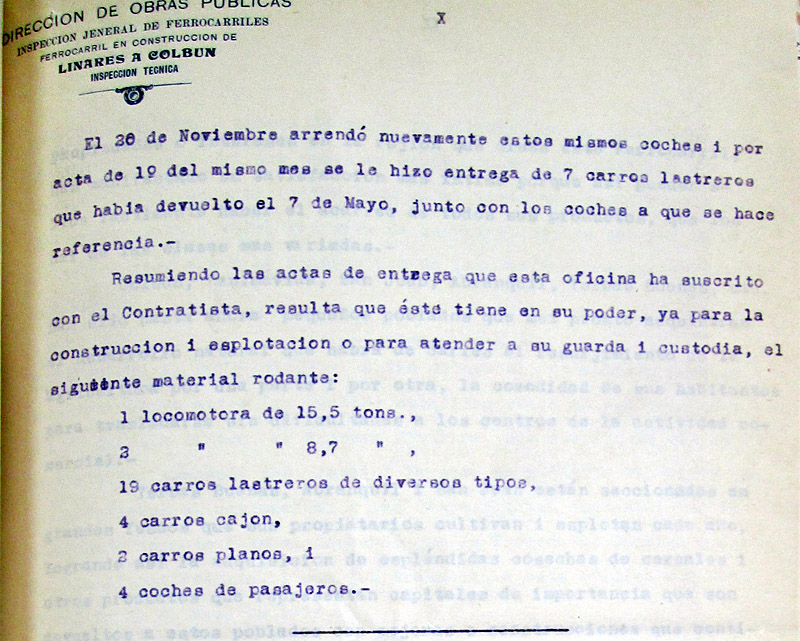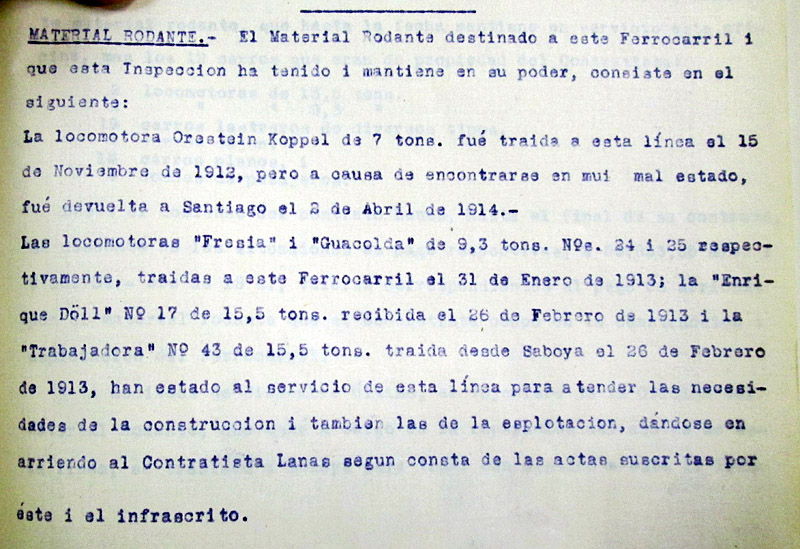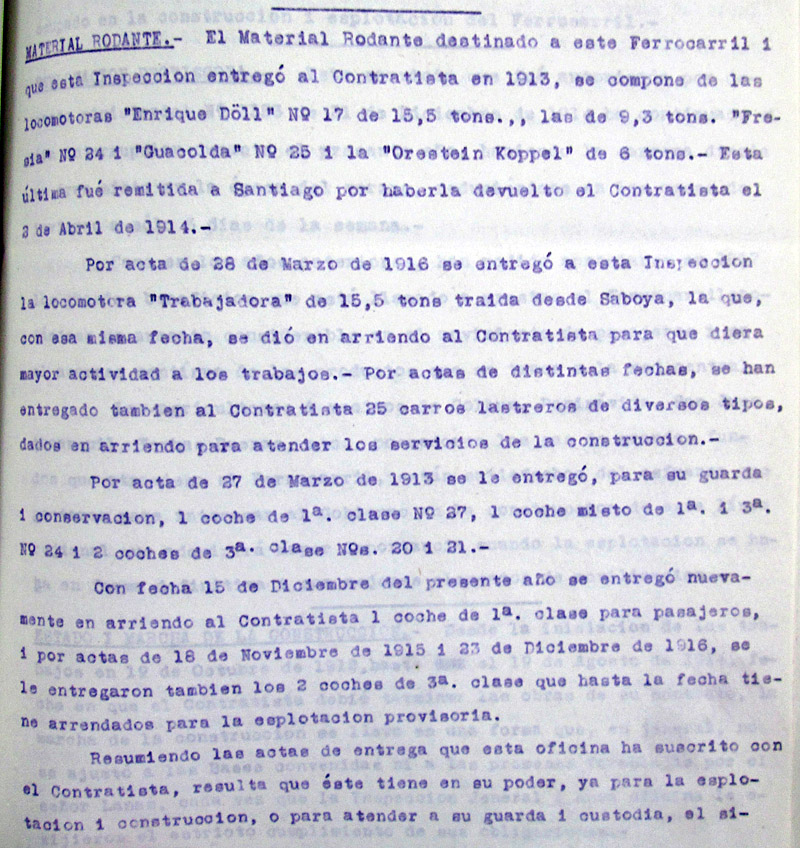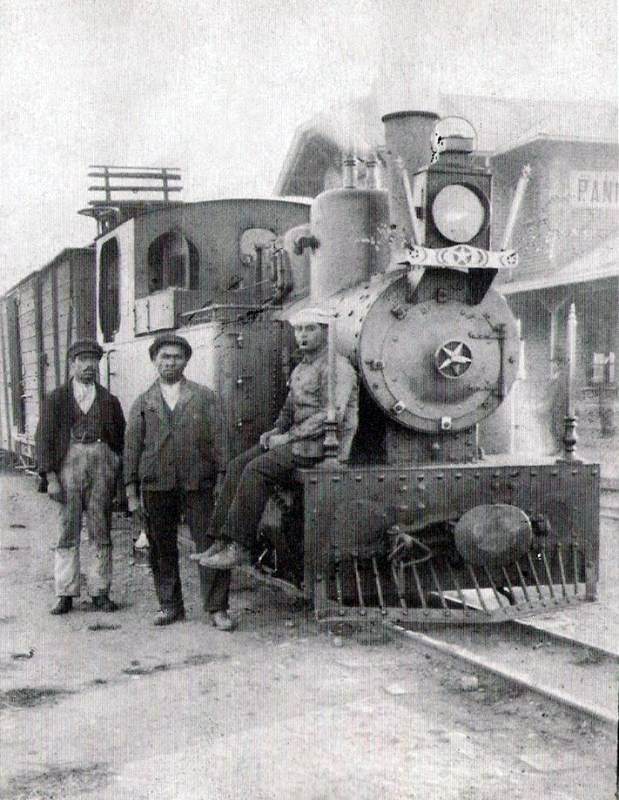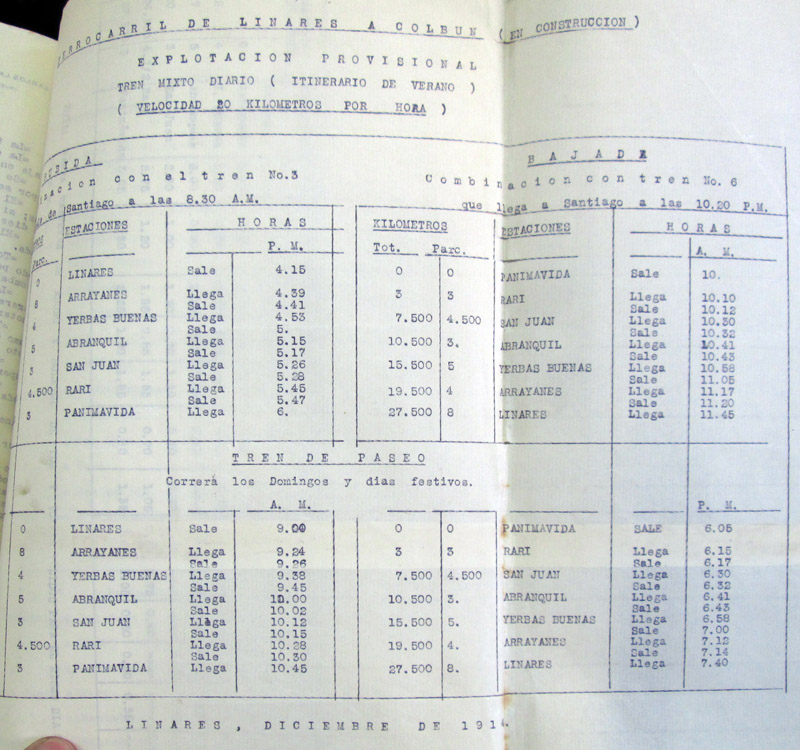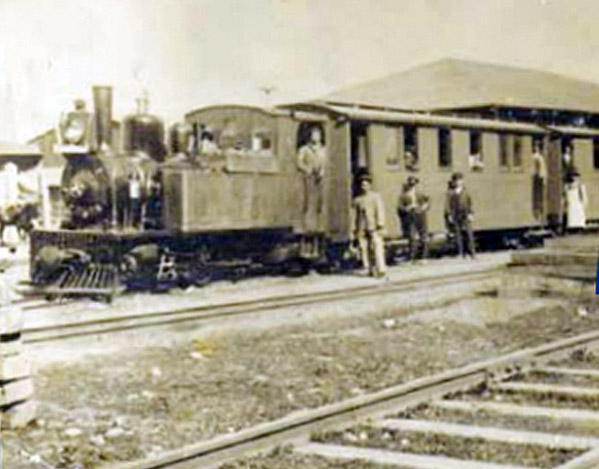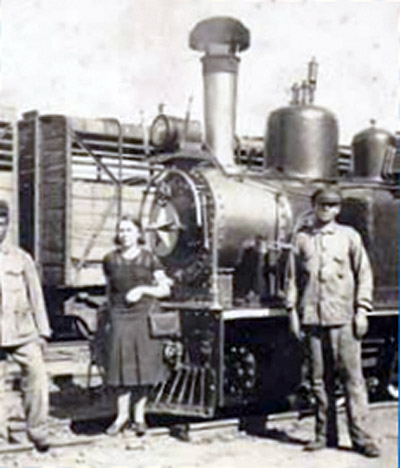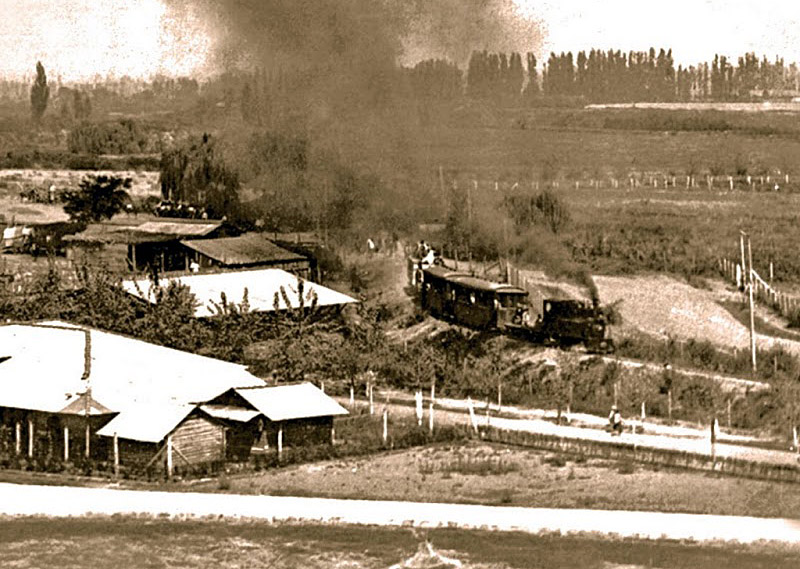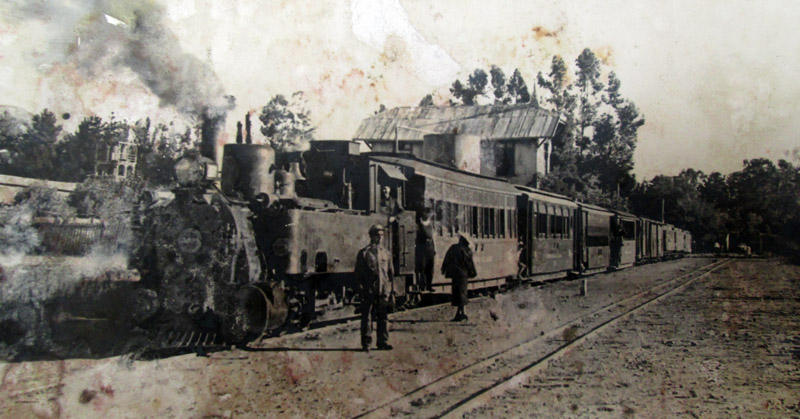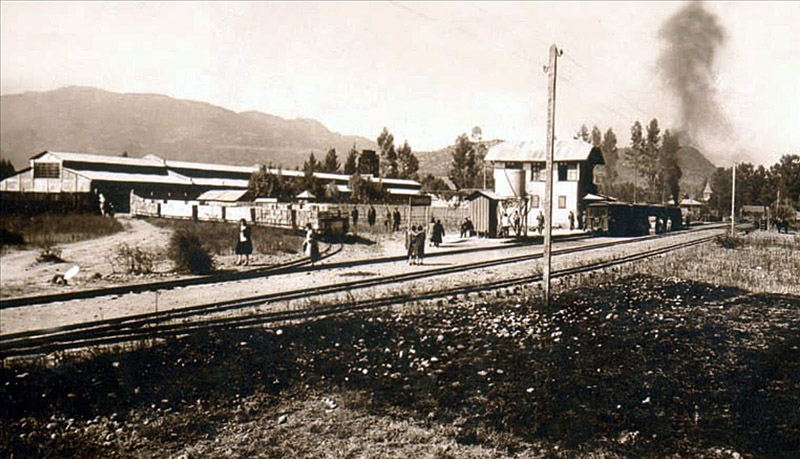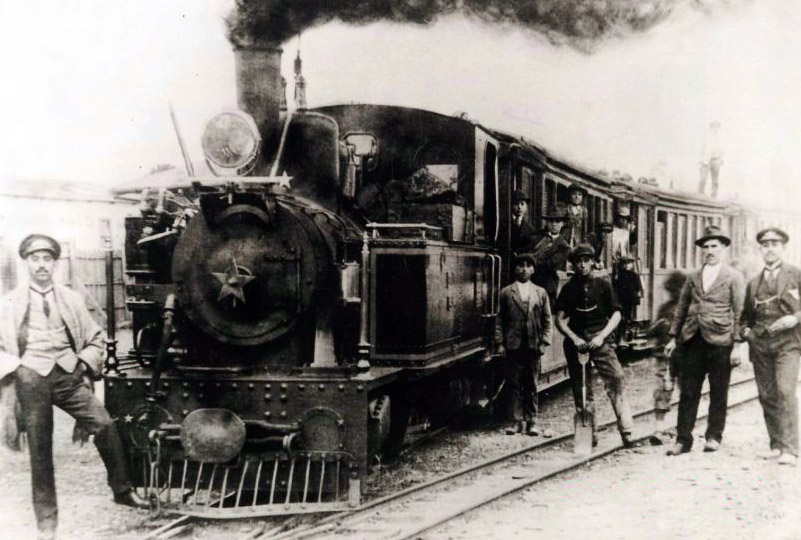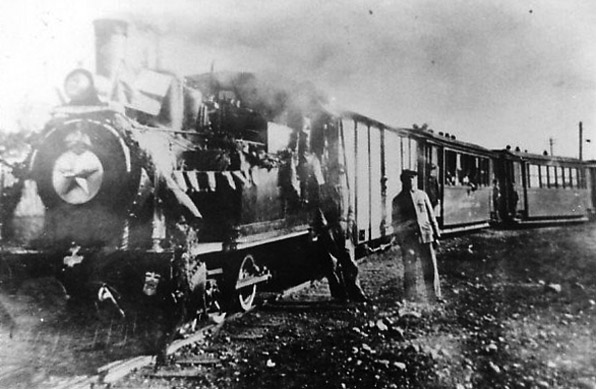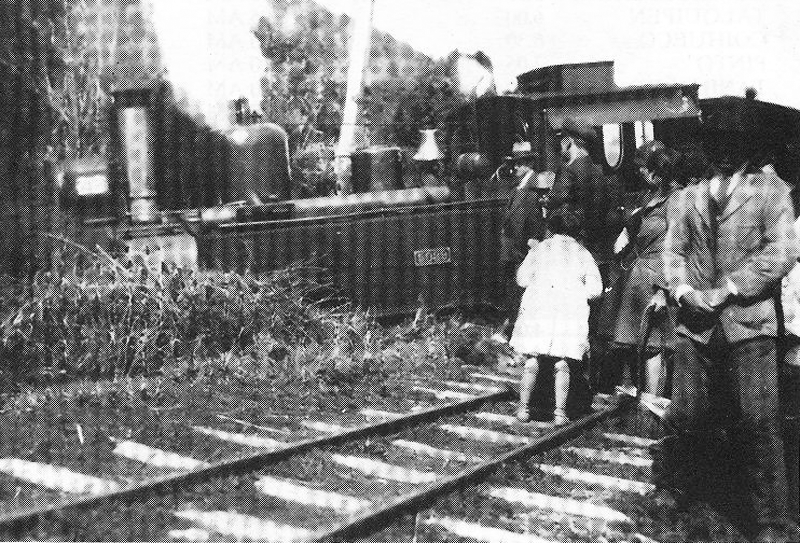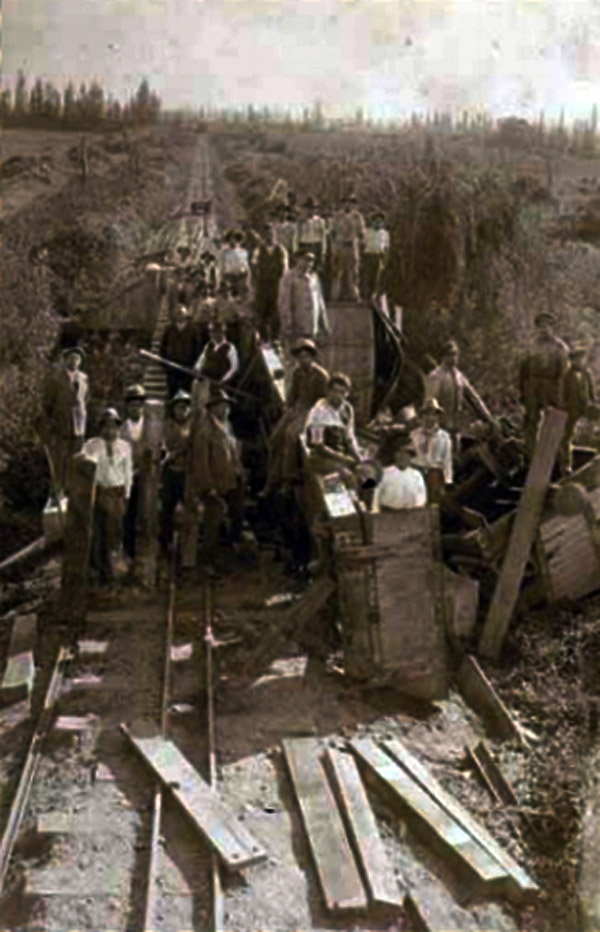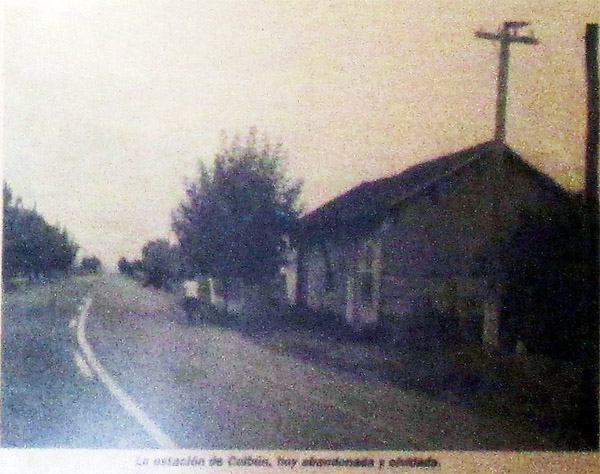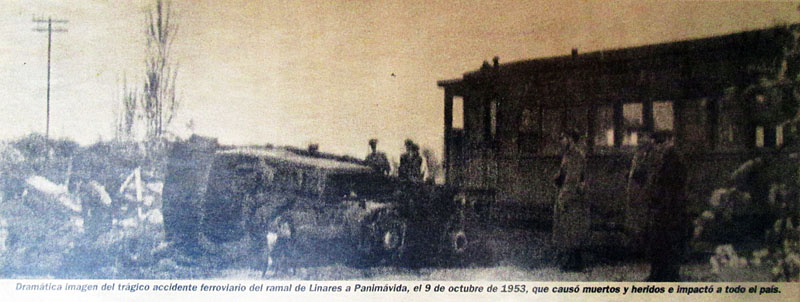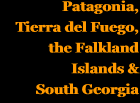 |
 |
 |
|||||||||||||||||
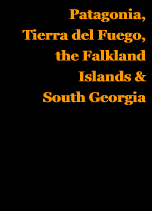 |
|||||||||||||||||||
 |
|||||||||||||||||||
The other EFE 60cm gauge branches: 3 Linares to Colbún This was the shortest of the five 60 cm gauge state railway branches, and also the simplest in that it ran for its whole length through relatively flat farmlands, rather than venturing into more rugged territory as the Capitán Pastene and Recinto lines did in their upper sections and as the other two routes did throughout their lengths. It was also the first of the five to be closed, in 1954 after a tragic level crossing accident. Its zigzag course across the valley floor also clearly illustrates that it was designed for an age in which railways could expect a monopoly of traffic wherever they ran, and where speed was therefore of no consequence. How else would anyone have planned such an indirect route from Linares to the principal traffic sources of Panimávida and Colbún? Unfortunately, within ten years of the line's construction the writing was on the wall, for lightweight petrol engines, the rubber tyre, and eventually paved roads, were destroying that monopoly for good. The map below shows the indirect nature of the route. A larger version, complete with title and gradient profile, is available on an appendix page.
The route Construction Three examples of a letterhead and stamps from the construction period. Another letterhead is visible further down the page.
The plan shown here illustrates Panimávida station, with the line from Linares coming in from the right, that to Colbún going off to the left, and the water bottling plant siding at the top. NB Whilst this arrangement looks realistic, plans such as this found in old archives are not always exactly as built.
The next plan purports to be Colbún station, albeit somewhat distorted having been put together from two different views of a folded sheet. The distance marks on the mainline and other clues suggest that the line from Linares and Panimávida came in from the right, with the far end of what were probably two or three loops being omitted from this drawing. At the top of the plan is a siding to the warehouse of Seńores Donoso Hermanos.
Locomotives and rolling stock Information about the first locos and rolling stock on a branch can often be found in Ministrerio de Obras Públicas files at the Archivo de la Administración in Santiago. However, rarely does a single report give the full picture. In this case four images are shown below: the first and second are from a report during 1915; the third from a later report but which usefully records the dates of arrival of each loco; and the last from the inspecting engineer's report for 1917.
It will be noted that none of the larger 0-6-2Ts of tipo a had arrived at this location.
In summary, the contractor utilised a 6/7 tonne O&K from 1912 to 1913, Jung 0-4-0Ts (later tipo c) 'Fresia' and 'Guacolda' from 1913 onward, Jung 0-6-0T (later tipo b) 'Enrique Döll' from 1913 on, and a similar Henschel 0-6-0T 'Trabajadora' from 1913 or more probably 1916. Another tipo b seems to have been transferred from Saboya in December 1918, making three in total. Whilst there was at least one tipo a 0-6-2T on the line in later years (5039), it seems likely that this was a much later arrival. Of the eight photos showing locomotives at work on the line, only two show tipo a engines, the remainder having the smaller tipo b locos. This is not really surprising; the Colbún line was much flatter than any of the others, and would not have had a pressing need for one of the few tipo a machines that were more urgently required elsewhere. A tipo b stands at Panimávida facing towards Linares. The bench seat on top of the van behind is interesting, suggesting as it does that trains here relied on ‘palanqueros’ or brakesmen rather than on through air-braking as on the other steeper narrow gauge lines.
Operating the line
It seems that around 1918 there was also, as here, a daily mixed train during the summer months, but it only ran three times per week in winter. Whether the Sundays and holidays passenger train shown above continued at that time is unknown. The image below shows a tipo b 0-6-0T at Linares station, with broad gauge track in the foreground. The coaches are unlike the usual Koppel well-framed vehicles and their origins and history are unknown.
Another view showing a tipo b, this time with an electric headlight and spark-arresting mesh over the chimney top. This would also seem to have been taken at Linares as there is a broad gauge cattle truck in the background.
A mixed train approaches Panimávida from the west, and takes the curve into the station. The tipo b 0-6-0T is hauling a pair of Koppel coaches and a couple of other vehicles, one of which seems to have passengers on its roof!
A long northbound train stands in Panimávida station in 1930. The tipo a 0-6-2T is hauling four Koppel coaches and another four or five goods vehicles, a stark contrast with the loads possible on the other more steeply graded lines.
Another view of Panimávida station, from the same angle but from a little further away. The water bottling plant is visible on the left, with its siding carrying a number of bogie wagons. A southbound train for Linares is in front of the station building.
This very clear photo shows a 'b' class 0-6-0T on the Linares to Colbun branch, but precisely where or when are not known
Another type 'b' loco shown well-decorated and in charge of a van and at least three coaches. Location and occasion are unknown.
Tipo a no. 5039 has derailed at an unknown location. This image has also been suggested as being on the Chillán to Las Termas line.
Whilst the photo below was captioned as if showing tracklifting after the closure, it actually seems to show recovery work after a number of wagons have derailed over an underbridge.
A feature on closed local railways published in a local newspaper in 2001, showed a very poor picture of Colbún station, seemingly with a single storey building.
The 1953 accident The newspaper photograph below shows the loco, very possibly a tipo b 0-6-0T, on its side, and a Koppel coach to the right.
The closure Additional photos, including some showing surviving relics of the railway, can be seen in an appendix page. Further sources of information 23-2-2018 |
|||||||||||||||||||
Chapter 6
The Chiloe Island 60cm gauge railway
